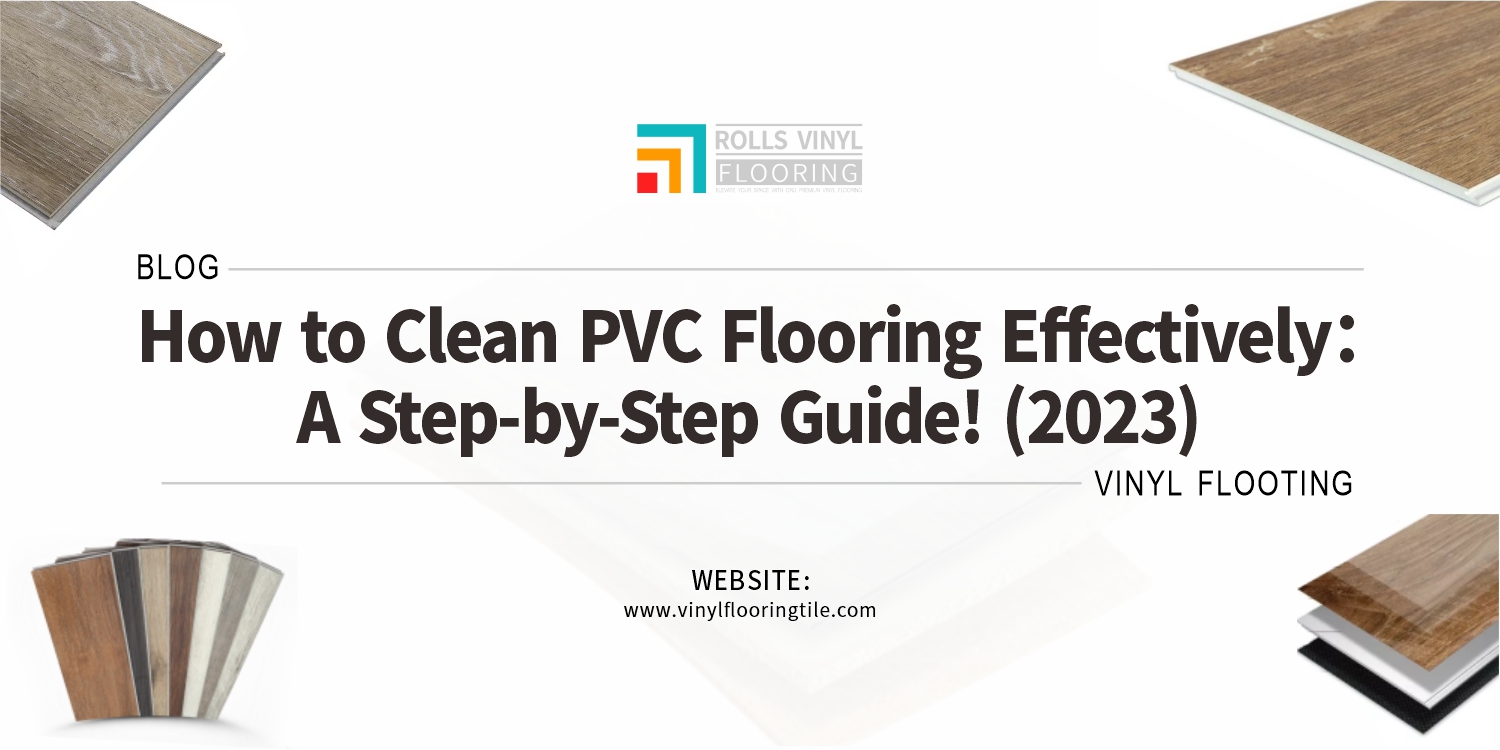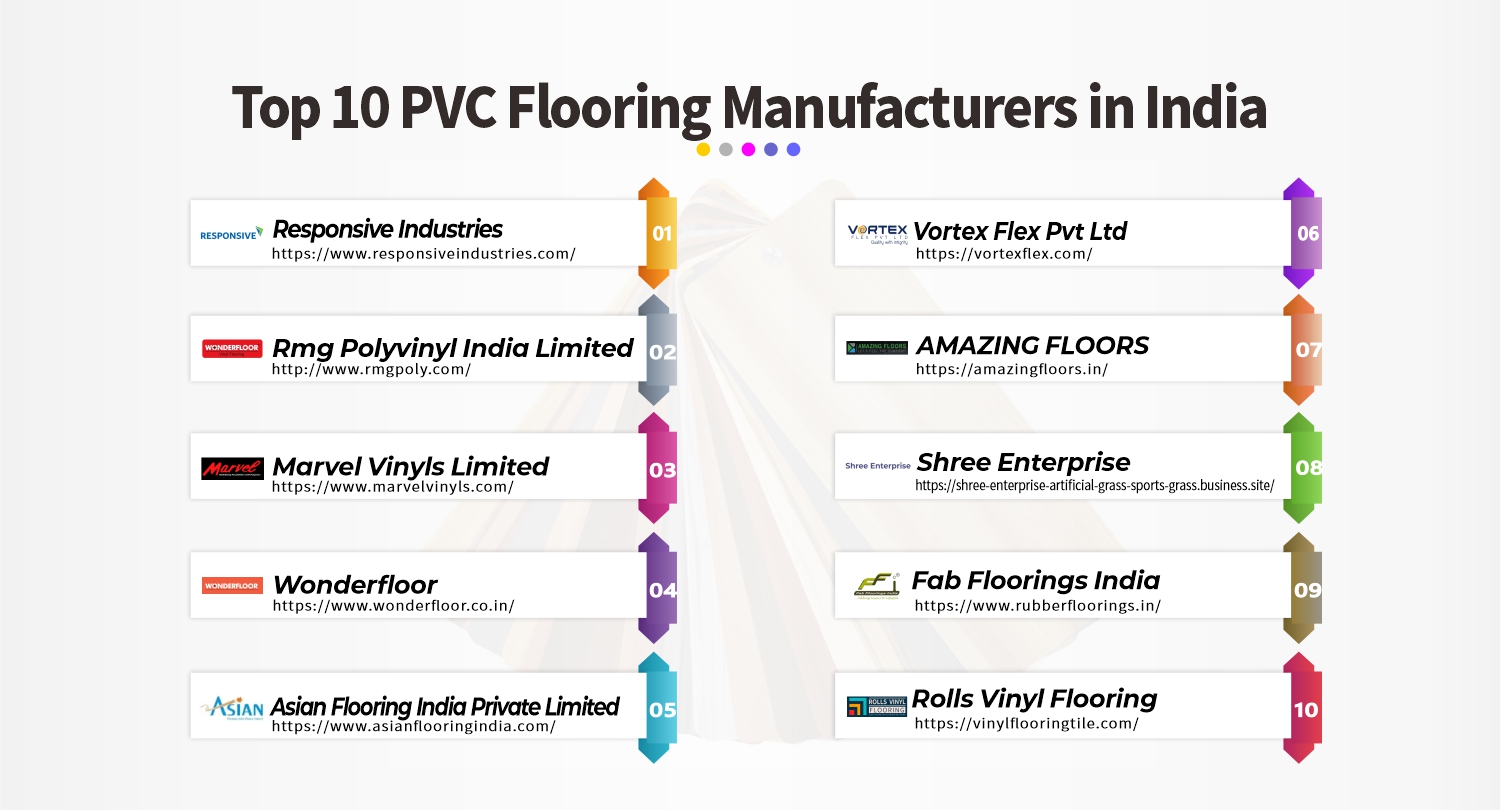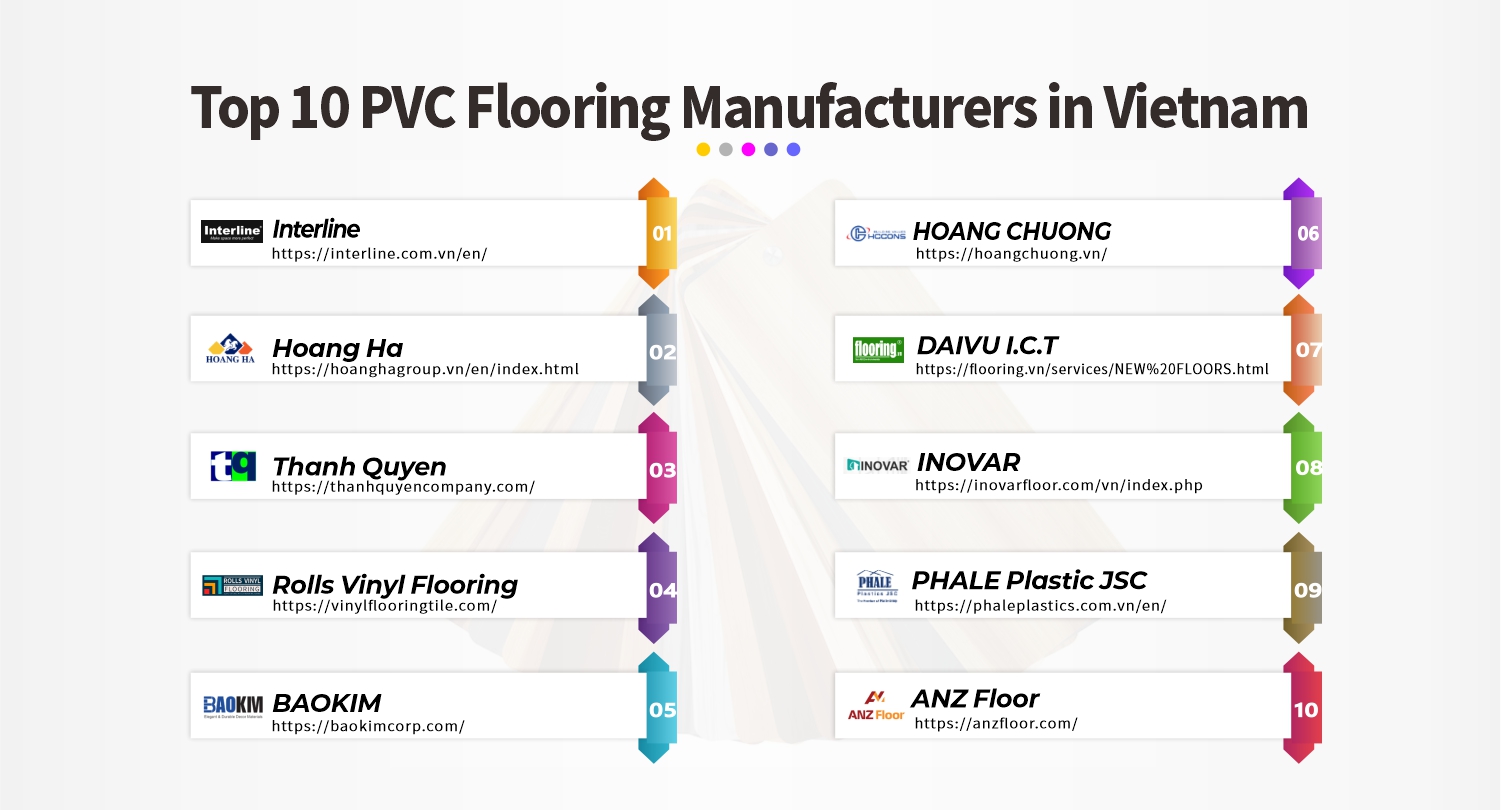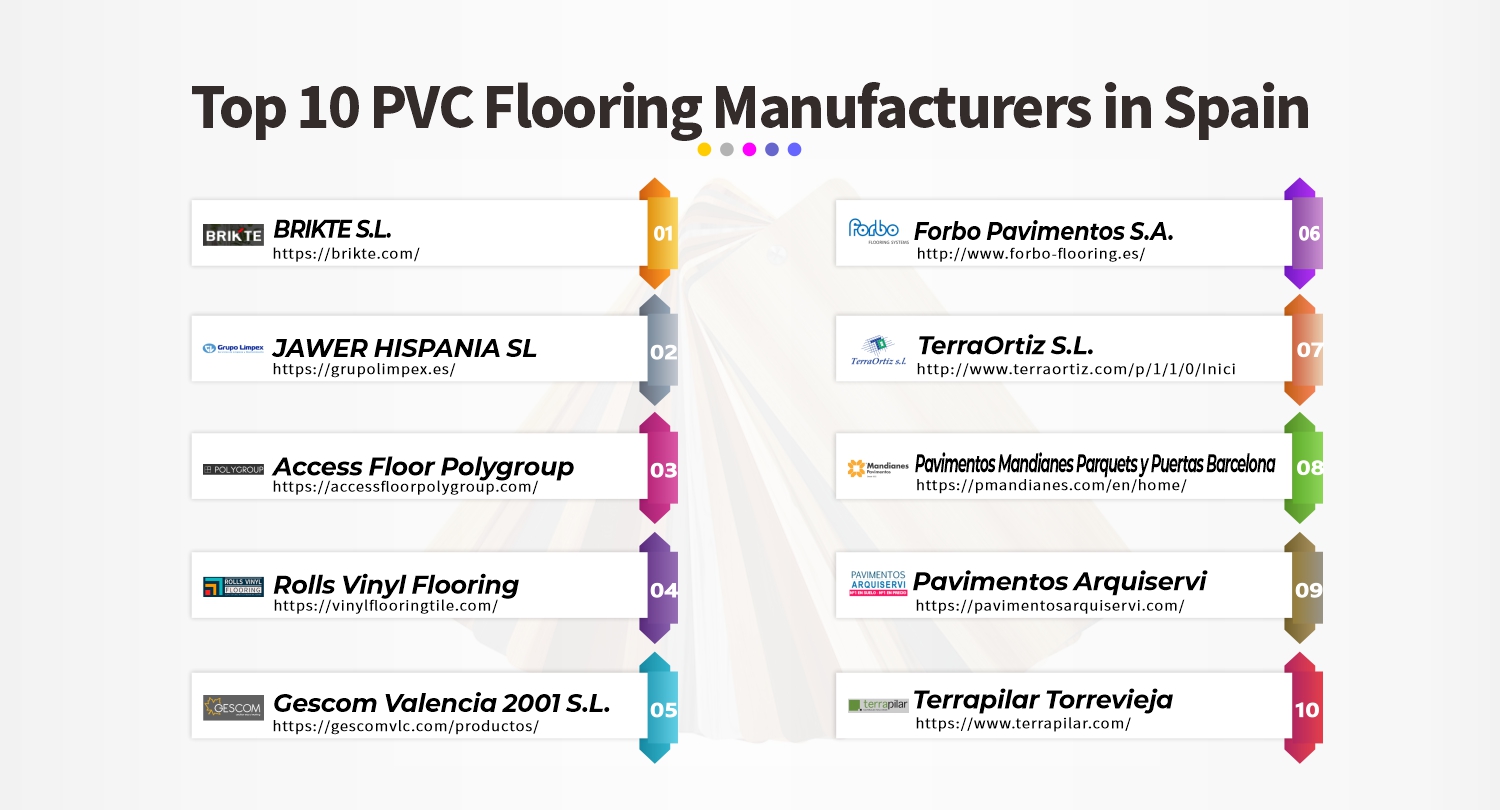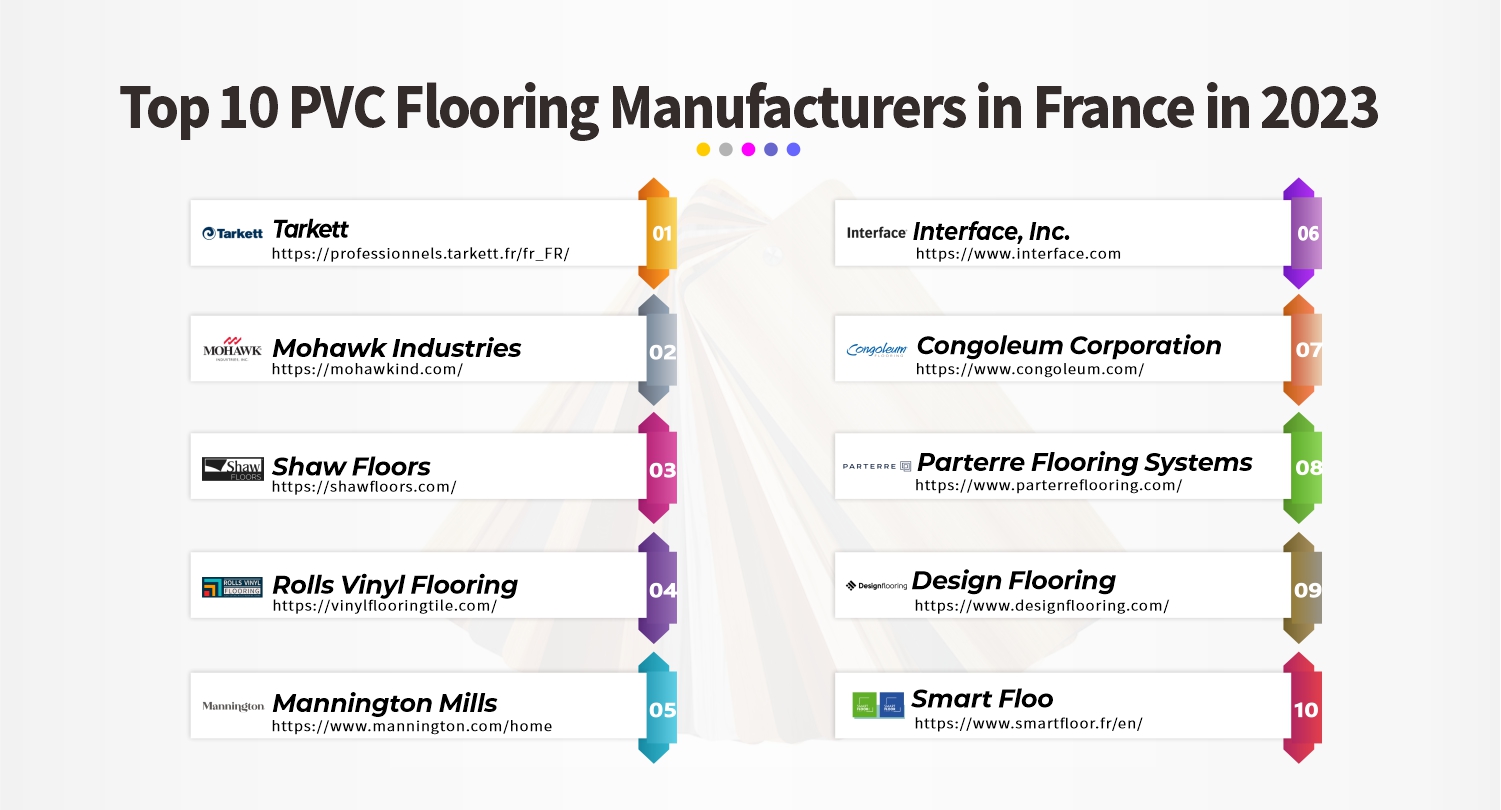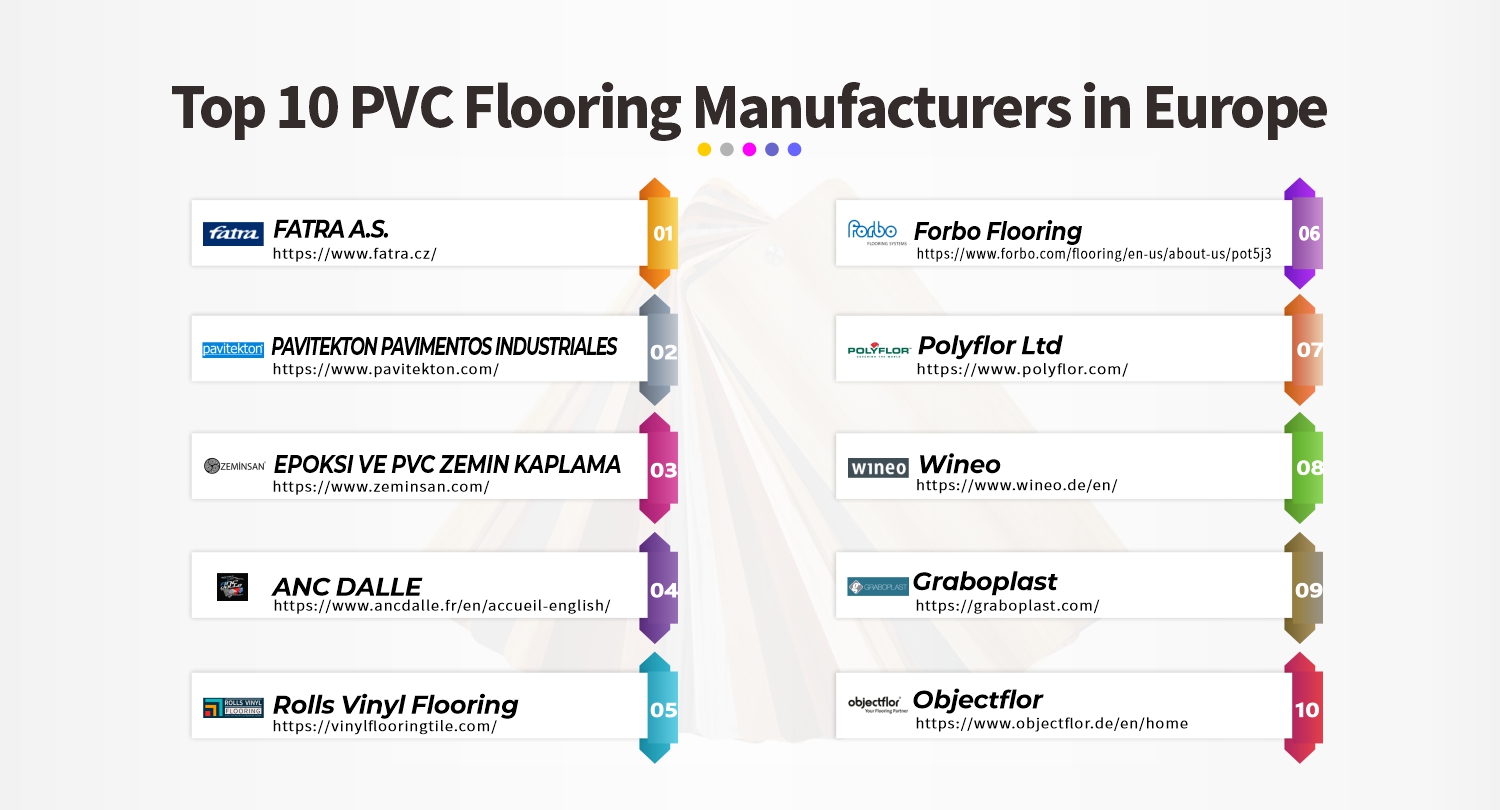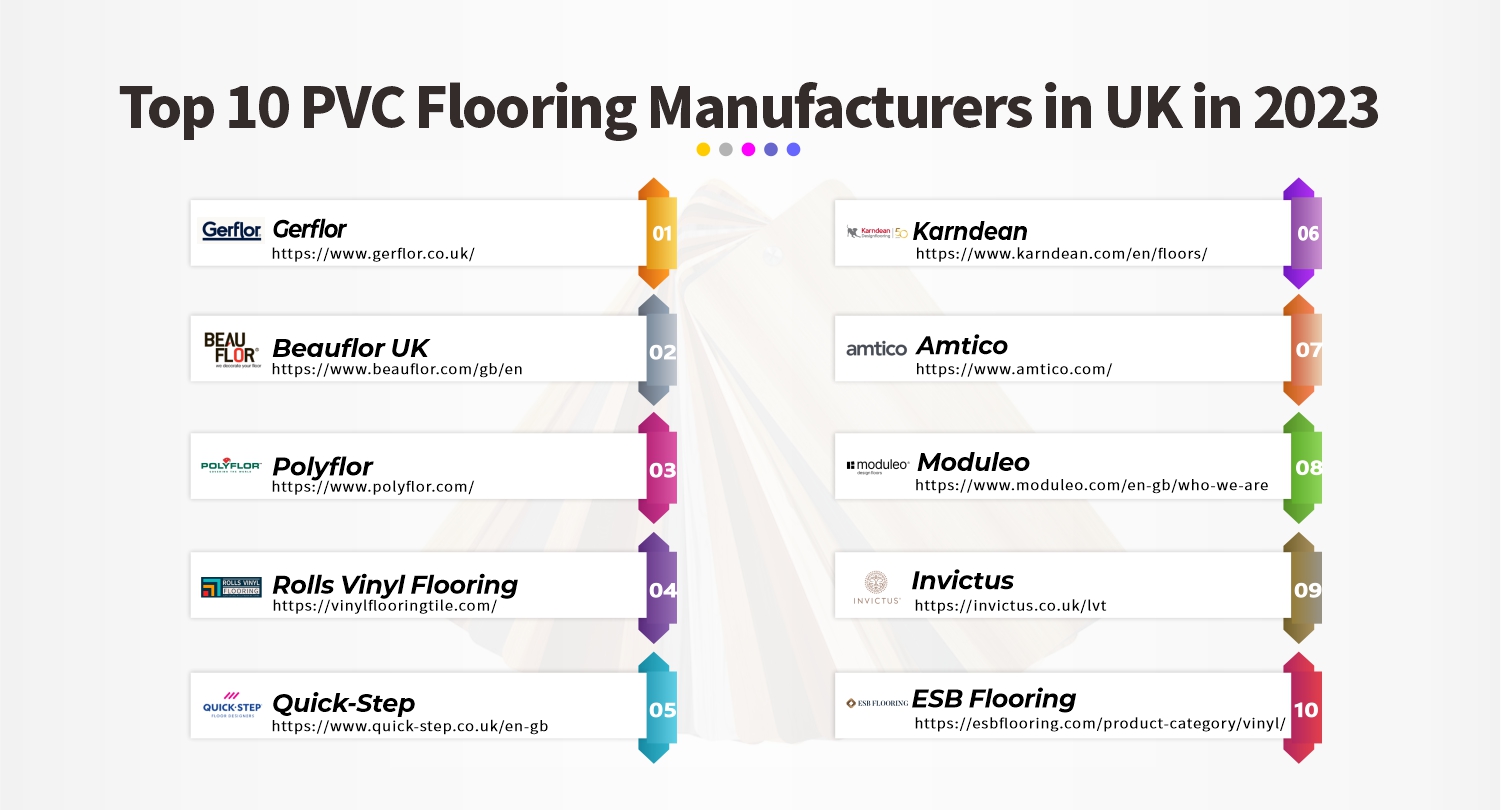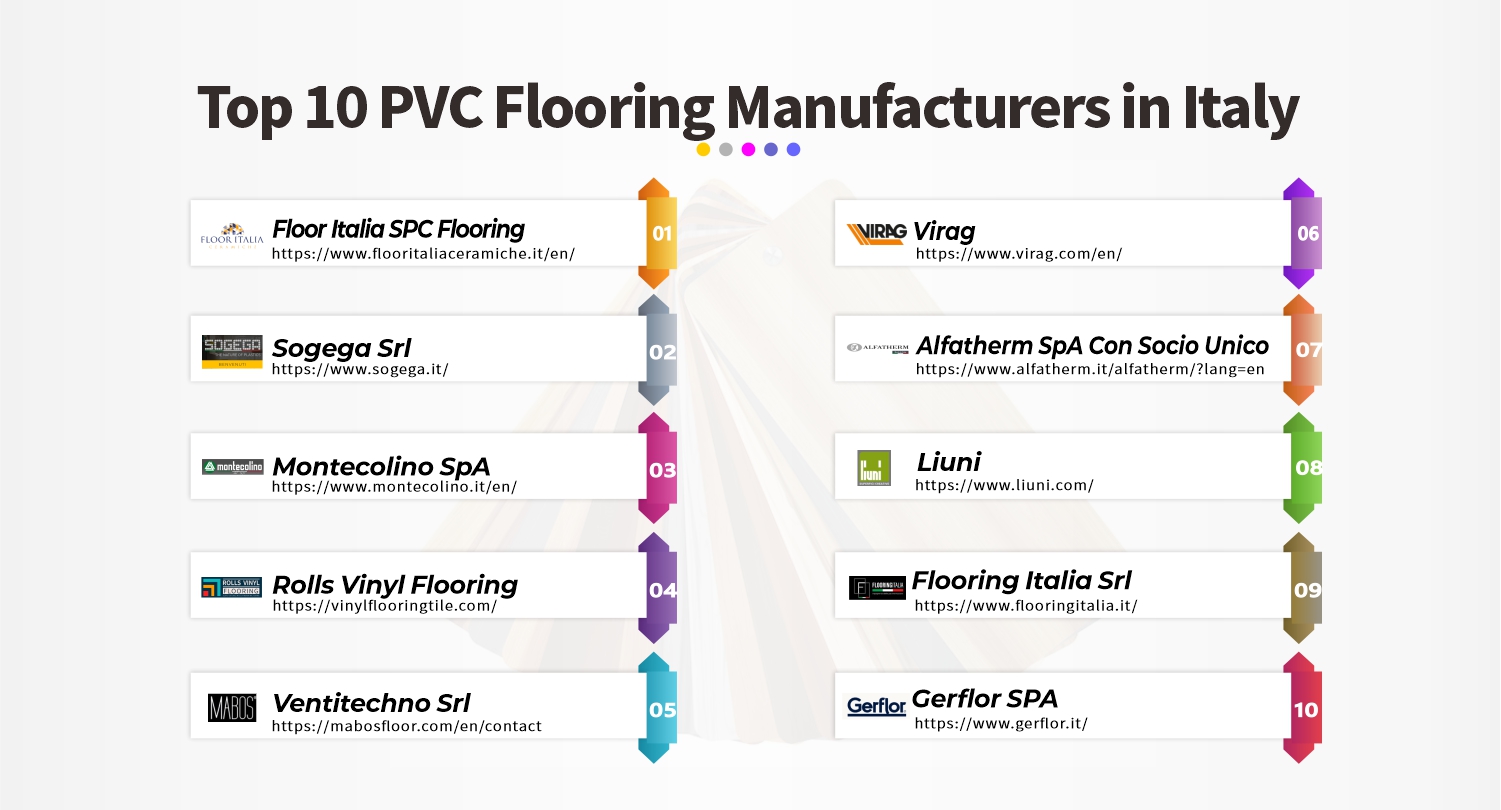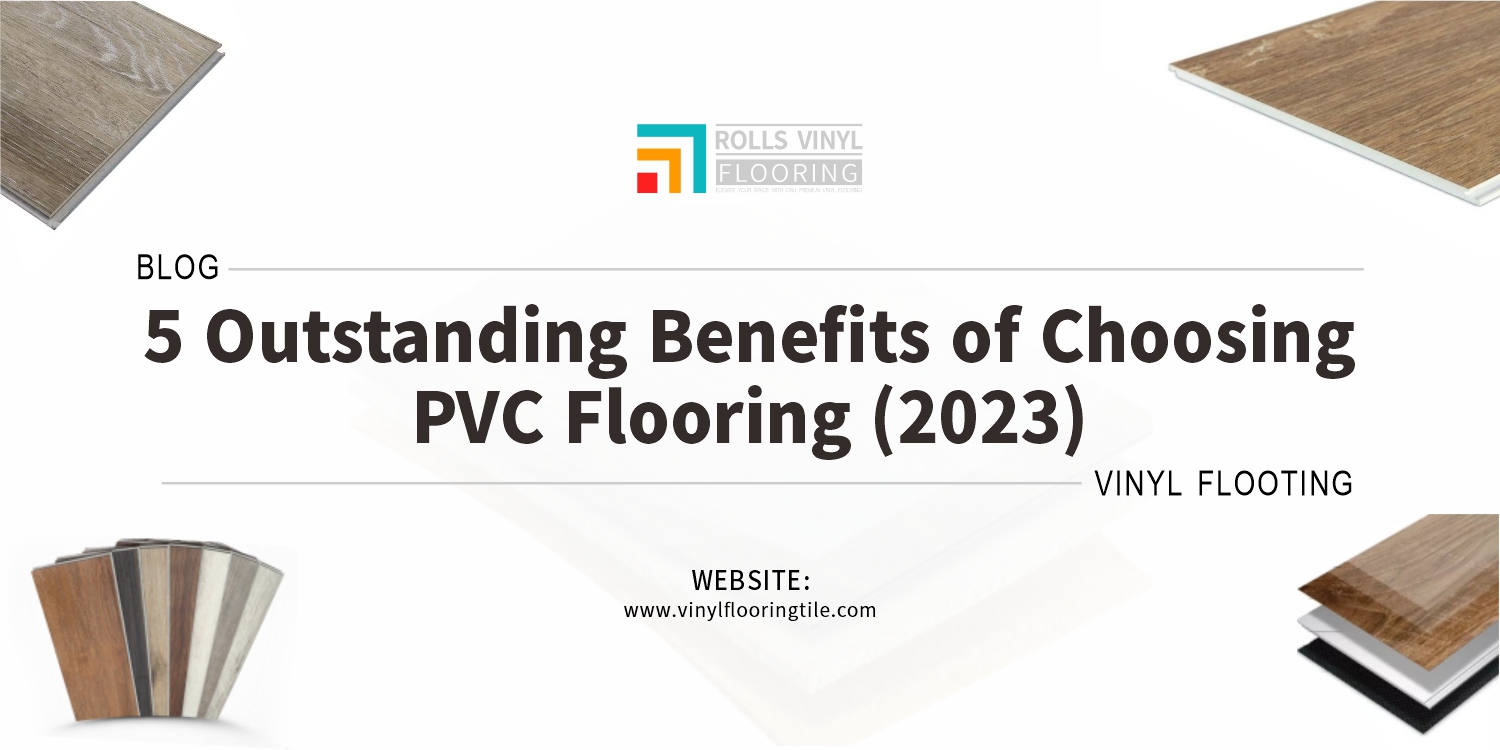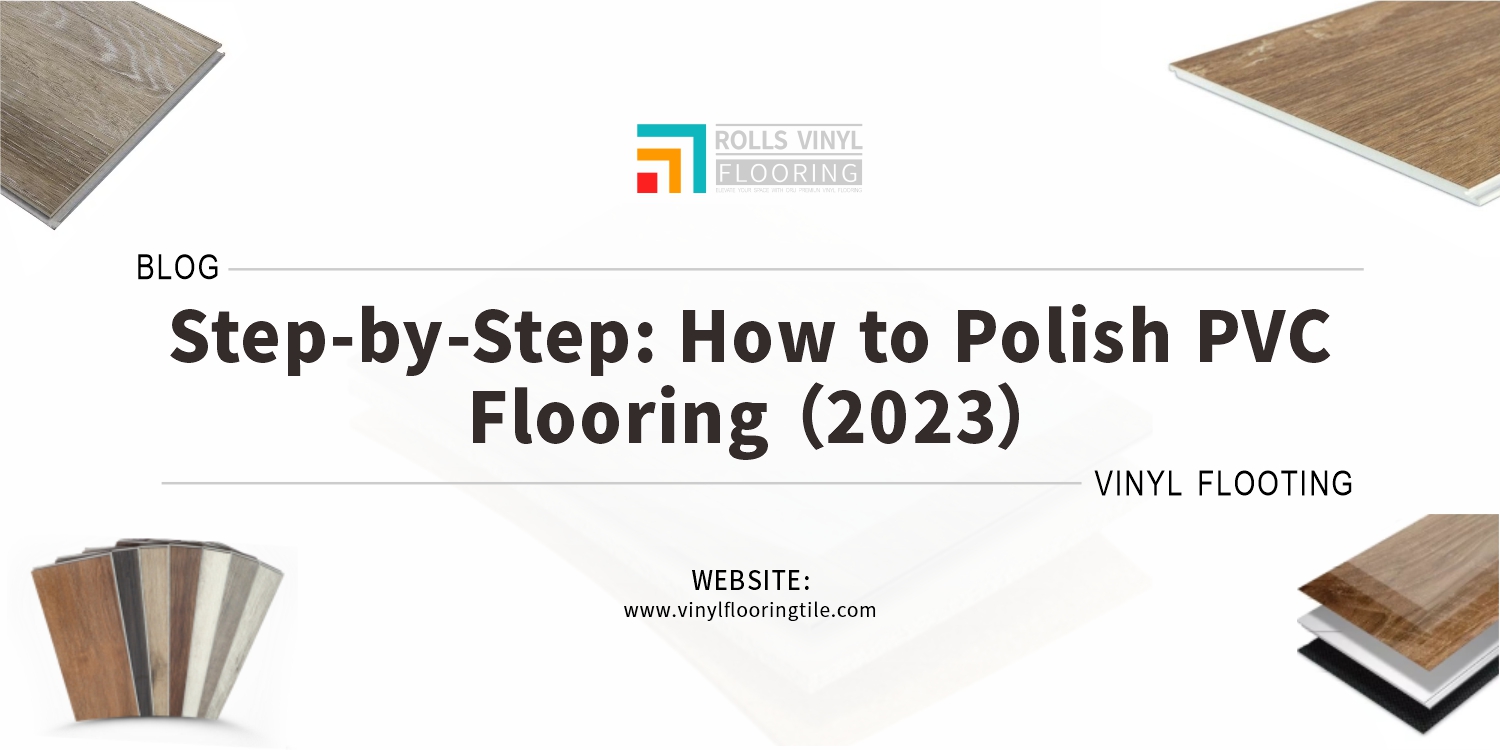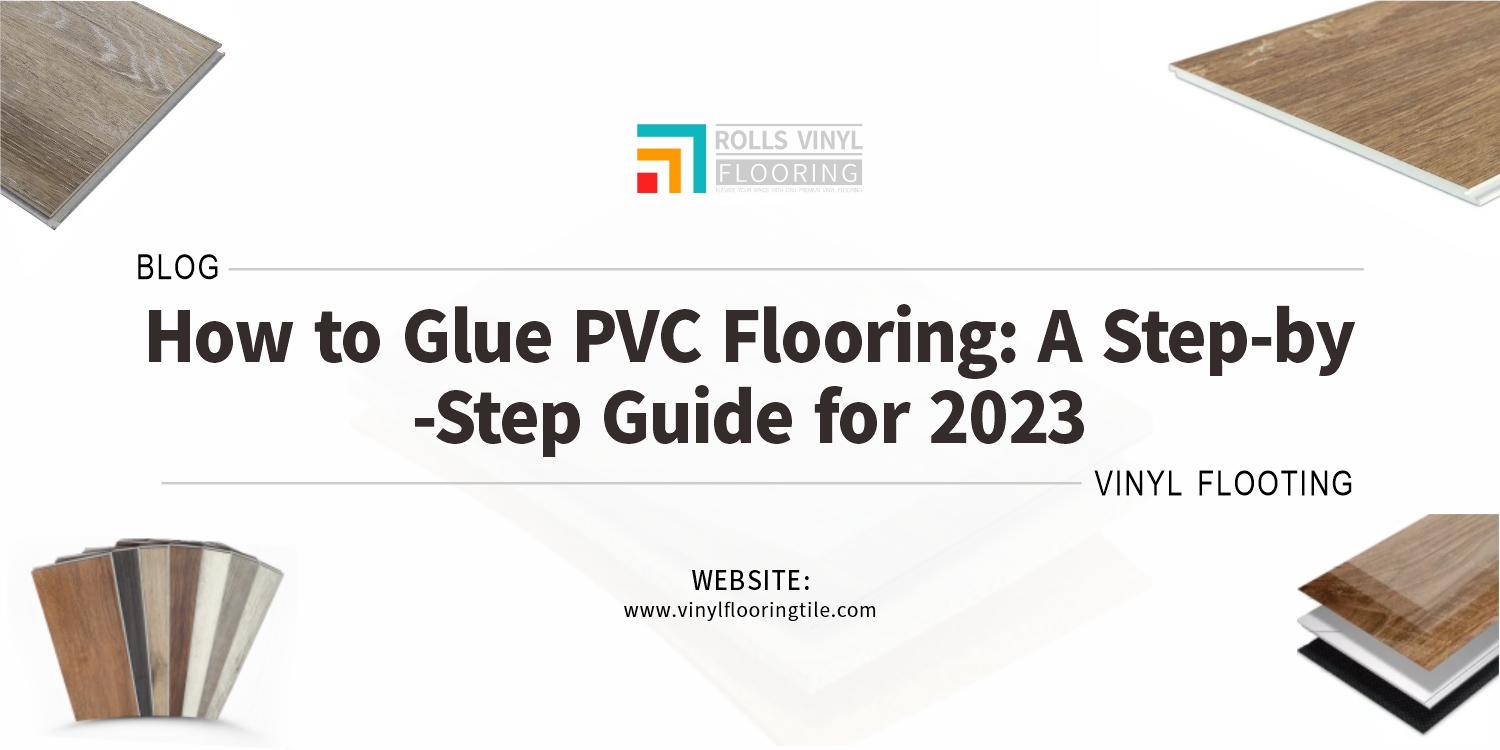Are you tired of seeing your beautiful PVC flooring lose its shine over time? Do you find yourself constantly battling stubborn stains and grime? You’re not alone. Many homeowners and businesses choose PVC flooring for its durability and aesthetic appeal, but maintaining its pristine condition can be challenging.
Good news! Cleaning PVC flooring doesn’t have to be a daunting task. You can easily restore your floor’s original luster and extend its lifespan with the right techniques and products. This step-by-step guide will walk you through the most effective methods for cleaning PVC flooring, ensuring you can enjoy a clean, vibrant surface for years.

So, if you want to transform your PVC flooring from drab to fab, you’ve come to the right place. Read on to discover the ultimate cleaning guide for 2023.
Understanding PVC Flooring
PVC flooring is made from a mix of natural and synthetic materials. It’s a strong and water-resistant flooring works well in many places like homes, offices, and stores. I’ve worked with many kinds of floors, and PVC is often a top choice because it’s tough and can be used in different settings.
Why is PVC Flooring Popular?

People like PVC flooring for several reasons. First, it’s usually less expensive than other options like hardwood or tiles, but it still offers good quality.
Second, it’s very durable. It can handle a lot of foot traffic and is resistant to spills and heavy use. I’ve seen how well it can last, making it an excellent option for busy places.
Third, you can get PVC flooring in many styles and colors. Whether you want a traditional wood look or something more modern, there’s a design for you.
Lastly, it’s easy to clean. A quick sweep and mop will usually keep it looking new, which is a big plus for busy people.
So, if you’re looking for an affordable, long-lasting, and versatile floor, PVC flooring is worth considering. It’s a reliable choice that has been tested and loved by many.
Potential Problems from Not Cleaning Often Enough
You could run into some issues if you don’t clean your PVC floors regularly. One common problem is stains. If you spill something and don’t clean it up right away, it could leave a permanent mark. I’ve seen people have to replace parts of their floor because of bad stains, which could have been avoided with quick cleaning.
Another issue is dirt buildup. Over time, dirt and grime can collect on the floor, making it look dull and a place for germs to grow. This is primarily a concern in places like offices or stores where many people come and go.
Lastly, if you don’t clean often, the protective layer on the PVC floor can wear away. This makes the floor more likely to get scratched or damaged, which means it will only last for a while. In my experience, a well-cared-for PVC floor can last much longer than one that’s not looked after, saving you money in the long run.
So, regular cleaning is not just about keeping your floor looking good; it’s also about ensuring it lasts a long time and stays in good condition.
Tools Required for Cleaning PVC Flooring
Before you embark on the cleaning journey, gathering all the necessary tools and cleaners is crucial to make the process efficient and effective. Here’s a list of essential items you’ll need:
- Microfiber Mop or Soft-bristle Broom: For daily sweeping and dusting.
- Vacuum Cleaner: Preferably one without a beater bar for deeper cleaning.
- Mild Detergent: A pH-neutral cleaner is ideal for PVC floors.
- Bucket: For mixing the cleaning solution.
- Soft Cloth or Sponge: For spot cleaning and wiping.
- Rubber Gloves: To protect your hands from cleaning agents.
- Floor Protector Pads: Place under furniture legs to prevent scratches.
Pre-Cleaning Steps
Preparing the Floor Before Cleaning
Before diving into the cleaning process, preparing the floor properly is crucial. This involves removing any loose dust, dirt, and debris that could otherwise get spread around during cleaning, potentially causing scratches or more ingrained dirt. Start by sweeping the floor with a soft-bristle broom or using a microfiber mop to pick up loose particles. For a more thorough cleaning, you can also use a vacuum cleaner, but make sure it doesn’t have a beater bar, as that can be too abrasive for PVC floors.
In my years of working with various flooring types, I’ve found that this initial step is often overlooked, but it’s essential for effective cleaning. Skipping this step can lead to subpar results and even long-term damage to your flooring. So, take a few minutes to sweep or vacuum the area; your floor will thank you.
Testing Cleaning Methods on a Small Area First
Before you go all-in with your cleaning products and tools, it’s a wise idea to test them on a small, inconspicuous floor area first. Apply a small amount of your chosen cleaner to the area and gently scrub it with a soft cloth or sponge. Wait for it to dry, then check for discoloration, warping, or other adverse effects.
I can’t stress enough how important this step is. Different PVC floors can react differently to cleaning agents, and the last thing you want is to discover that your chosen product is too harsh for your floor. I’ve consulted with clients who had to deal with unfortunate surprises simply because they skipped this test.
The pre-cleaning steps are not just preliminary actions but crucial stages in the cleaning process. They set the stage for a successful cleaning endeavor, ensuring that you achieve a sparkling clean floor and maintain its quality and longevity.
Step-by-Step Guide to Cleaning PVC Flooring

Step 1: Sweeping or Vacuuming the Floor
The first step in cleaning your PVC flooring is to remove any loose dirt, dust, or debris. You can do this by sweeping the area with a soft-bristle broom or using a microfiber mop. If you prefer, a vacuum cleaner without a beater bar can also be used for this step. This initial cleaning ensures that you won’t be grinding dirt into the floor during the subsequent steps, which can cause scratches or more ingrained dirt.
Step 2: Applying the Cleaning Solution
Once the floor is free of loose dirt, it’s time to apply your cleaning solution. Fill a bucket with warm water and add a mild, pH-neutral detergent. Mix it well. Applying the solution to the floor using a mop, ensuring that it does not oversaturate it. The key is to dampen the floor without leaving standing water, as excess moisture can seep into the seams and cause warping.
Step 3: Scrubbing the Floor
After applying the cleaning solution, gently scrub the floor with a soft cloth or sponge. Focus on areas that are particularly dirty or stained. You can use a soft-bristle brush for stubborn stains, but avoid using anything too abrasive as it can scratch the surface.
Step 4: Rinsing the Floor After Scrubbing
Once you’ve scrubbed the entire area, it’s crucial to rinse the floor to remove any soap residue. Fill a bucket with warm water and rinse the floor with a mop. Again, avoid oversaturating the floor; the aim is to remove the cleaning solution without leaving standing water.
Step 5: Drying the Floor
After rinsing, it’s essential to dry the floor thoroughly. Use a clean, dry mop or towel to wipe down the floor. You can also use a wet-dry vacuum to remove any remaining moisture. Ensure the floor is completely dry before moving on to the next step or replacing furniture.
Step 6: Extra Care – Waxing or Polishing the Floor (If Necessary)
For those who want to go the extra mile, consider waxing or polishing your PVC floor. However, this is generally optional for most PVC floors and should only be done if the manufacturer recommends it. If you choose to wax or polish, use products specifically designed for PVC flooring.
In my years of experience in floor maintenance, following these steps can significantly prolong the life of your PVC flooring while keeping it looking as good as new. Each step is designed for immediate results and long-term benefits, ensuring that your floor remains a durable and attractive feature of your home or commercial space.
Common Mistakes to Avoid When Cleaning PVC Floors
One of the most rewarding aspects of my work in floor maintenance is helping people avoid common pitfalls that can compromise the quality of their flooring. When it comes to PVC floors, here are some frequent mistakes to watch out for:

- Using Harsh Chemicals: Many people resort to potent cleaning agents like bleach or ammonia, thinking they’ll get better results. However, these chemicals can strip away the protective layer of the PVC, leading to discoloration and reduced durability.
- Oversaturating the Floor: Excessive water is another common mistake. While it may seem like more water would result in a cleaner floor, it can seep into the seams and cause warping or mildew growth.
- Skipping the Test Patch: Failing to test cleaning products on a small, hidden floor area can result in unpleasant surprises like discoloration or surface damage.
- Using Abrasive Tools: Steel wool pads or hard-bristle brushes can scratch the surface of the PVC, making it more susceptible to staining and other forms of damage.
- Ignoring Manufacturer Guidelines: Always refer to the manufacturer’s cleaning recommendations. Ignoring these can not only damage your floor but may also void any warranties.
Professional Cleaning Services for PVC Flooring
While regular maintenance can keep your PVC flooring in good condition, there are times when professional cleaning services may be beneficial.
Advantages of Professional Cleaning Services
- Deep Cleaning: Professionals have specialized equipment that can provide cleanliness that is difficult to achieve with household tools.
- Expertise in Stain and Damage Repair: Professionals can often remove or minimize stains and damage that you might have thought were permanent.
- Time-Saving: A professional service can complete the job more quickly and efficiently, freeing up your time for other activities.
- Longevity: A professional cleaning can extend the life of your flooring, making it a cost-effective long-term investment.
- Peace of Mind: Knowing that experts have cleaned your floor can assure that all potential issues have been addressed.
In my experience, periodic professional cleaning can serve as a “reset” for your flooring, addressing any accumulated wear and tear and restoring it to near-original condition. It’s an option worth considering for high-traffic areas or if you’re preparing for a special event.
Understanding the common mistakes in PVC floor cleaning and knowing when to seek professional help can go a long way in maintaining the beauty and durability of your flooring. With the right approach, your PVC floor can remain an attractive and functional space feature for years.
Conclusion
Keeping your PVC floor clean is more than just making it look good. It’s about ensuring your floor lasts long and stays in great shape. I’ve worked on floors for years, and I can tell you that taking good care of your PVC floor will save you money and effort in the long run. The steps in this guide are easy to follow and work.
So, make sure to take advantage of regular cleaning. Whether you clean it yourself or hire professionals sometimes, it is essential to keep it up. Your floor is a big investment, and taking good care of it means it will look great and last longer.

